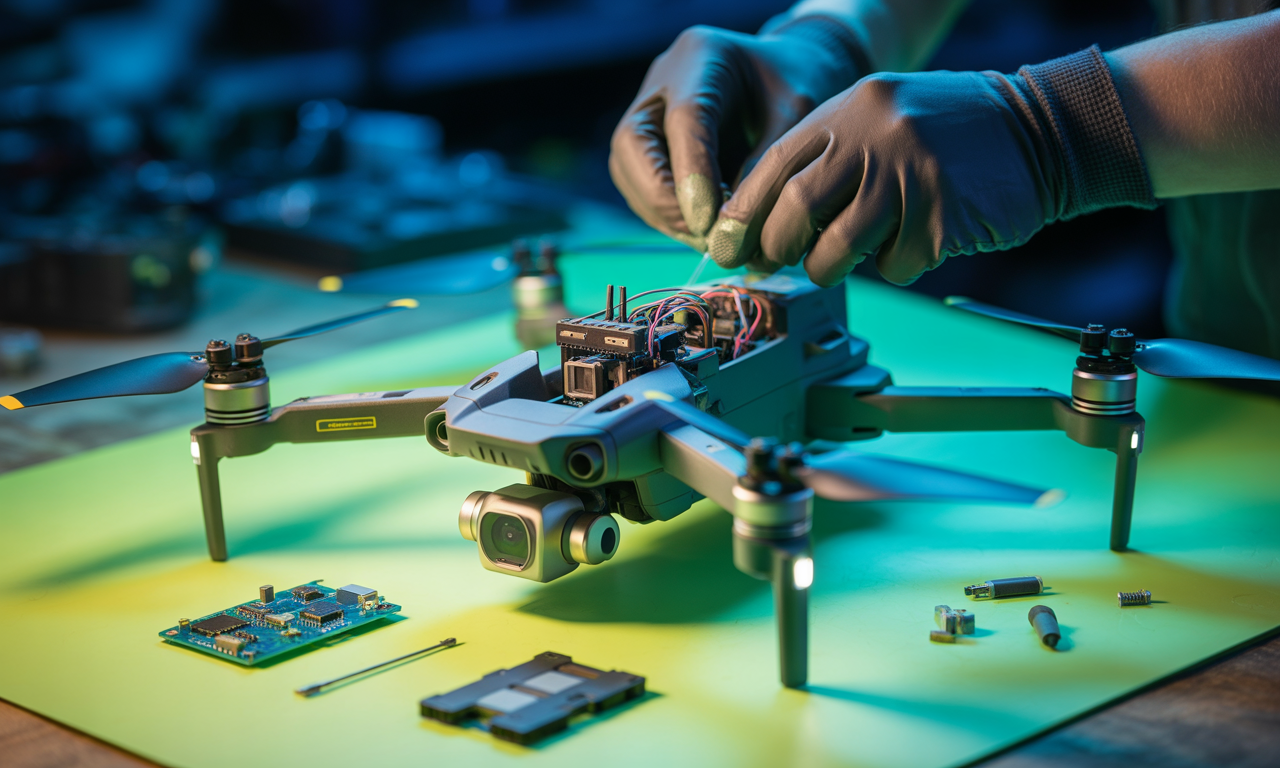A comprehensive guide to building a custom drone from scratch

Essential Components Overview
Frame
Carbon fiber for strength-to-weight ratio
Electronics
Flight controller, ESCs, receiver
Power System
Motors, propellers, battery
Accessories
Camera, GPS, antenna

Motor Selection & Installation
Calculate Thrust Requirements
2:1 thrust-to-weight ratio minimum
Select KV Rating
Lower KV for stability, higher for speed
Mount Motors Securely
Use threadlocker on screws
Connect ESCs Properly
Match wire orientation to documentation

Propeller Engineering
Materials
Carbon fiber: durable, precise
Plastic: affordable, replaceable
Dimensions
Diameter affects thrust
Pitch determines speed
Balancing
Critical for stability
Reduces vibration damage
Battery Selection & Management
High Discharge Rate
25C minimum for racing, 15C for photography
Capacity vs Weight
More mAh = longer flight but heavier craft
Connector Compatibility
Match connectors to ESC requirements
Safety Procedures
Never over-discharge below 3.3V per cell
Tools & Equipment
Basic Tools
Hex drivers, screwdrivers, pliers
Soldering Equipment
60W temperature-controlled iron, flux, solder
Electronics Tools
Multimeter, power supply, battery charger
Assembly Materials
Heat shrink, zip ties, double-sided tape

Maintenance Schedules
Pre-Flight
Prop integrity, battery voltage, connection security
Every 10 Flights
Motor bearings, frame stress points, ESC temperature
Monthly
Firmware updates, gyro calibration, vibration testing
Quarterly
Complete disassembly, thorough cleaning, wire inspection
Performance Optimization
Weight Distribution
Center of gravity affects stability
PID Tuning
Start conservative, adjust incrementally
Power Efficiency
Minimize excess weight, optimize prop pitch
Radio Configuration
Set endpoints, expo, rates for precision




